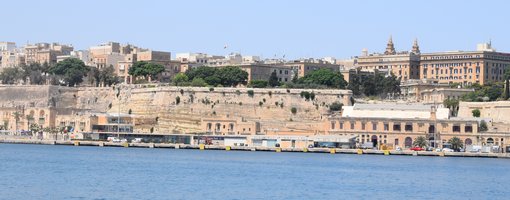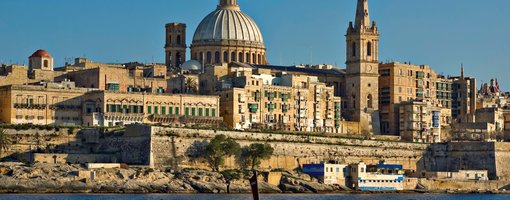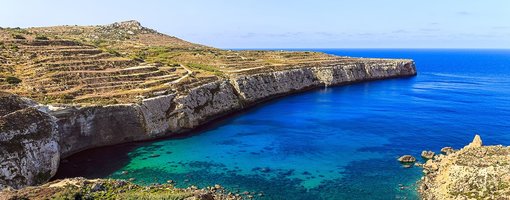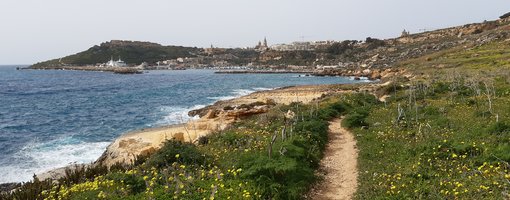The island nation of Malta covers just 316 square kilometres of land within the Mediterranean Sea. As one of Europe's most southern points it makes a great escape for a milder climate during the winter months.
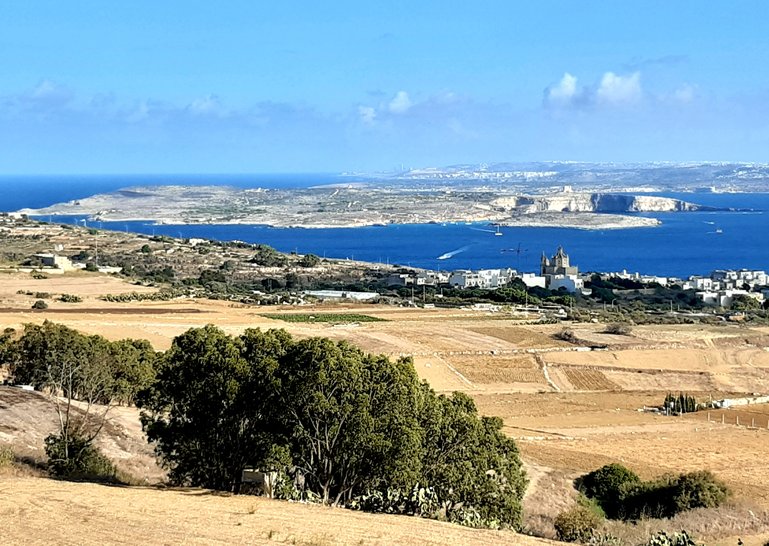
View of Malta and Comino from Gozo
Attracting both outdoor adventurers and history lovers Malta is a good choice for any length of visit from a few days to a couple of weeks.
Outdoor activities and sightseeing should be high on the daytime agenda whilst dining, relaxing or finding firework displays are for the evening. During the winter months the sun sets quite early and so it is worth to get up in the morning to make use of the daylight hours.
Malta and her two sister islands of Gozo and Comino each offer an array of coves, small beaches, caves and lagoons, some of these are found off the beaten track so the main mapped tourist areas should not be the only ones on the agenda.
Diving and snorkelling are still available and doable on the nicer days. There are numerous fish, crabs, octopus and many other species of creatures beneath the surface. The coastal points also make a nice stop off whilst hiking but the walks and clambering down can be just as difficult sometimes as heading back up again.
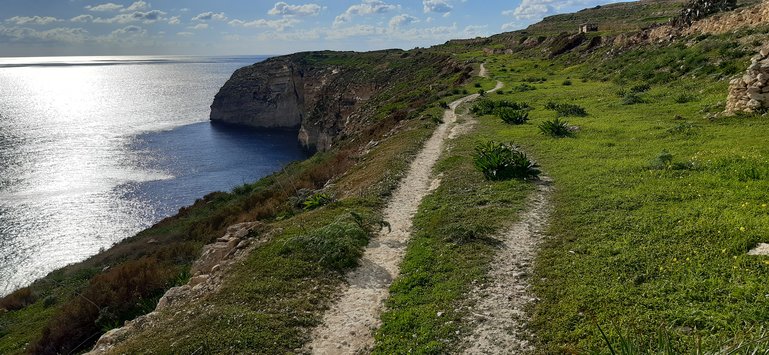
Winter Walking, Malta
Hiking is a popular activity with visitors to the islands. There are numerous walking routes with various levels of intensity. However, never expect to be too far away from other people, for small islands they are busy with locals and tourists, albeit the winter months are certainly quieter.
Comino and Gozo are both worth a visit for walking, with Comino being the much smaller of the islands.
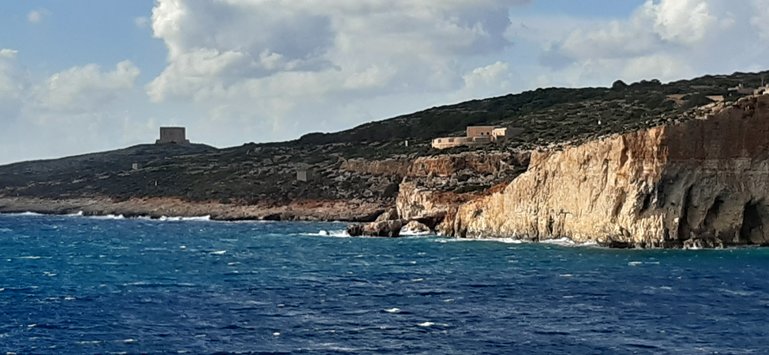
Comino
For the serious walkers, there is a Malta Coastal walk covering 155km of coastal path right around the island. Alternatively, there is also a 45km North to South route from Cirkewwa to Burzebbugga. The Dingli cliffs are a good spot to see the sunset, they are Malta's highest point reaching approximately 250 metres above sea level.
Good quality, efficient footwear and clothing is advisable when enjoying any of the outdoor activities across Malta. During the winter months there are nice days that allow for shorts and sleeveless tops without jackets whilst walking. But, there still can be rain, wind and storms with inside often being colder than outside so warm clothing should not be left behind.
Food, water and other supplies are also a necessity. The rugged terrain and sea currents can be unpredictable and diversions common, especially when walking on cliff tops and a valley or bay lies between you and the path at the other side. Therefore, true distance also needs to be taken into consideration as there are many winding paths, different road outlays and hills.
Those in search of history can explore the streets of Valletta, including the World War II shelters that lead to the underground bunkers. A visit to the ancient capital of Mdina should also not be missed.
On Gozo there is the site of the Ggantija Temples, dating back to around 3600 –3200 BC they are inscribed on the UNESCO World Heritage list.
As a strong Catholic country, each town across Malta tends to have a main square and church. Each with a traditional look, lots of outside lights for festival times and each with a story. Two of the most interesting of the churches are Mosta and Ta Pinu. Mosta is famous for its dome, art and WWII bomb story. Ta Pinu Sanctuary on Gozo is known as the destination for pilgrims from across Malta looking for healing.
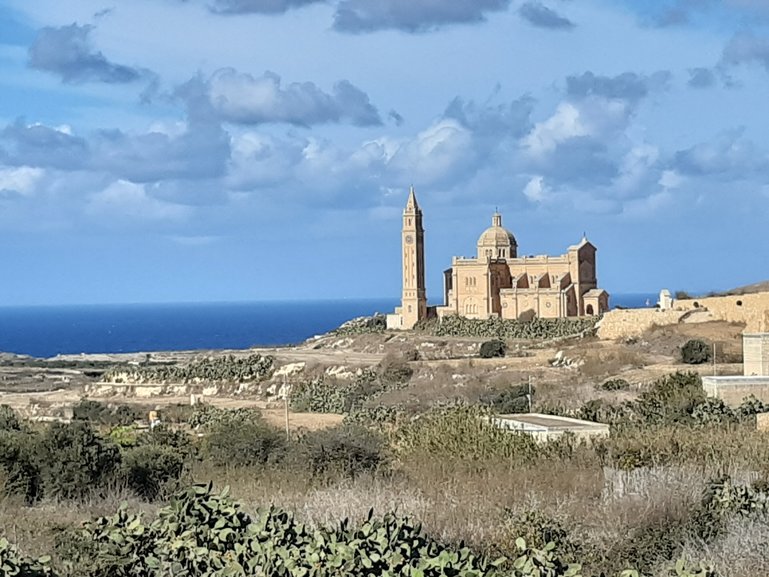
Ta Pinu, Gozo
Historical and traditional buildings can literally be seen peppered everywhere across the Maltese islands, from housing to watch towers to the main attractions.
Both Malta and Gozo home a crafts village. Malta's is based at the Ta Qali where there is the glass blowing, an all year round Christmas tree, a goldsmith and lace makers plus the Ta Qali National Park is alongside. On Gozo, it is at Ta Dbiegi near Gharb and offers visitors the chance to purchase Gozo glass, lace, metal works, Gozitan food, natural soaps and various souvenirs.
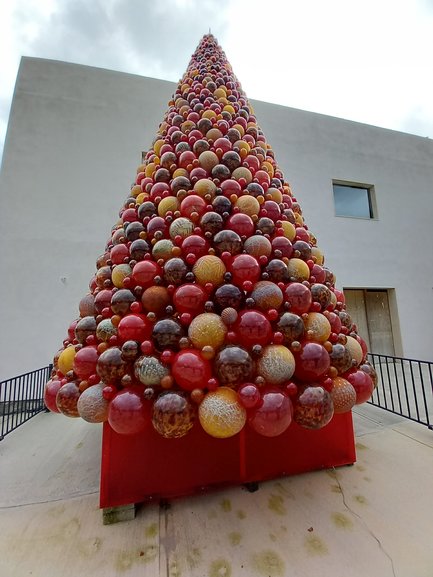
Mdina Glass Christmas Tree, Ta Qali
As well as the Ta Qali National Park there is the Kennedy Park around St Paul's Bay, the Buskett Gardens at Dingli plus both the Lower and Upper Barrakka Gardens in Valletta. Malta is really not a place for big parks and gardens but when you find them, they do still offer nice environments in tranquil surroundings.
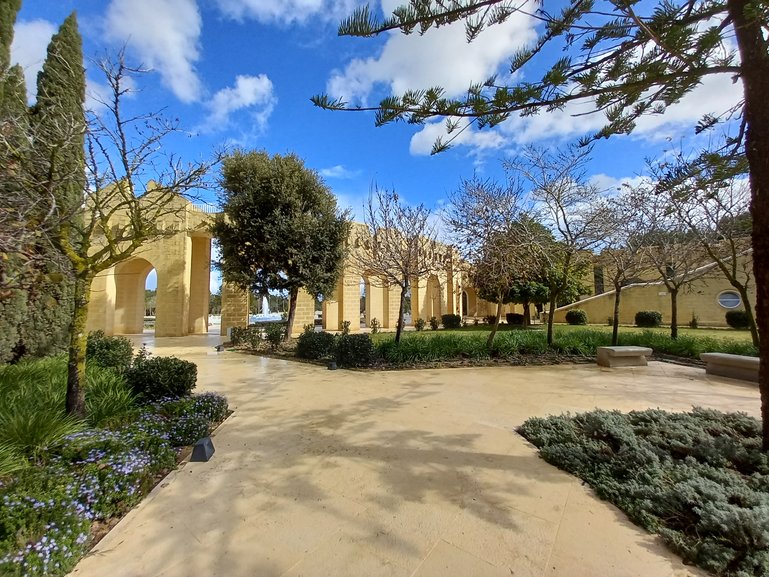
Ta Qali National Park
Laying so close to Italy, the gastronomy of the island boasts the influence of the Italians. Locally made pizzas, pastas, cakes and ice creams can be found alongside their own cuisine. Ftira, rabbit and beef bragioli are traditional Maltese dishes, pastizzi is their snack food, sweet treats include honey rings and fig rolls. Kinnie is the fizzy soft drink of Malta.
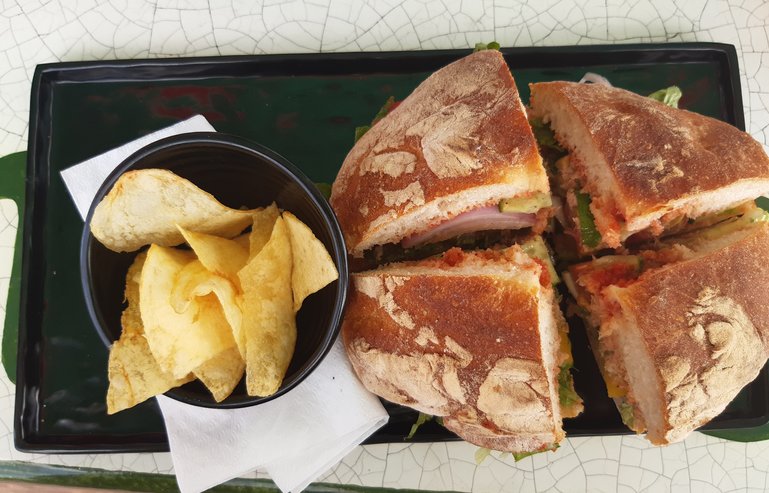
Maltese Tuna Ftira
Their own wine is produced on both Malta and Gozo islands, slightly acidic with full bodied notes of dark fruits and oak. There is also the Farsons brewery producing a range of brands, including the popular Cisk lager. The brewery offers tours, perfect for a rainy day.
Fresh fish and other local produce can be found at the Marsaxlokk Sunday market. A farmers' market is also held at Ta Qali on a Saturday morning with plenty of fruits, vegetables, honey and eggs.
For some light-hearted fun and other tourist attractions there are attractions such as Popeye Village, the aquarium and various museums including those of toys or classic cars.
Having had various rulers over the years, the British were the last before Malta became independent in 1964. The influence is still very apparent across the island, including the use of both traditional red telephone and post boxes, not to mention that English is still an official language.
Malta has remained affordable for accommodation, local transport and in some cases eating out. There is plenty of opportunity should you choose to look for a higher price range.
When choosing accommodation in the winter months it is advisable to check for heating within the rooms. Inside can get cold, the heating systems often blow out air that is not actually warm and indoor pool areas are generally unheated. Jacuzzis in hotels can be nice whilst saunas tend to come with an extra fee and a time slot.
Overall, there are much worse places to spend some holiday time within Europe during the winter months.







